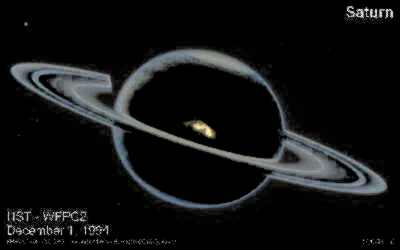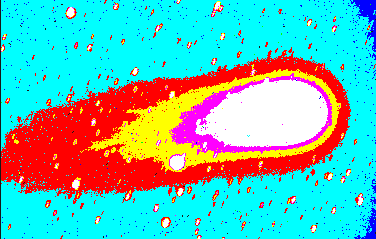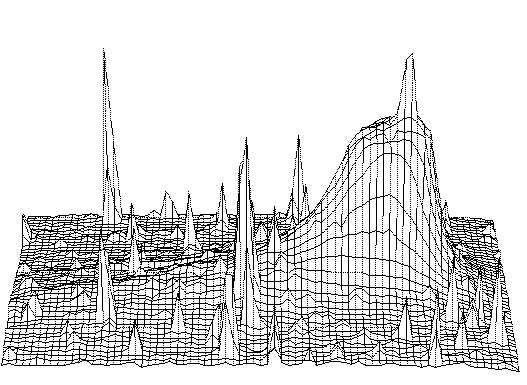 Home!!!
Home!!!
 Home!!!
Home!!!

For me it is more that just a hobby. I'll be walking in the graduation ceremonies this May, 1997, with my degree in my hand and the future wide open.

One of the neat things that I've picked up along the way was an interest in telescopes. My grandfather built his first one (including grinding the mirror himself) in Germany when my father was still a boy. As I grew up, I also was endowed with the curiosity of the stars. In turn, following in my G'dad's footsteps, have refurbished an abandoned Cave Optics 8 inch research quality telescope that I got from the daughter of a deceased enthusiast.

My telescoping curiosity also extends to the realm of CCD cameras. I am working my way through school by working at the CCD Lab of SDSU. I program "CCDTOOL" which is the software that runs the controllers of the CCD's which come out of the Lab. I've also updated a custom control for the 40" Mount Laguna telescope, where I'm doing my Senior Project.
Here is an example of what can be done with CCD's and the programs to reduce the raw data into usable form:

 Light Curve
Light Curve